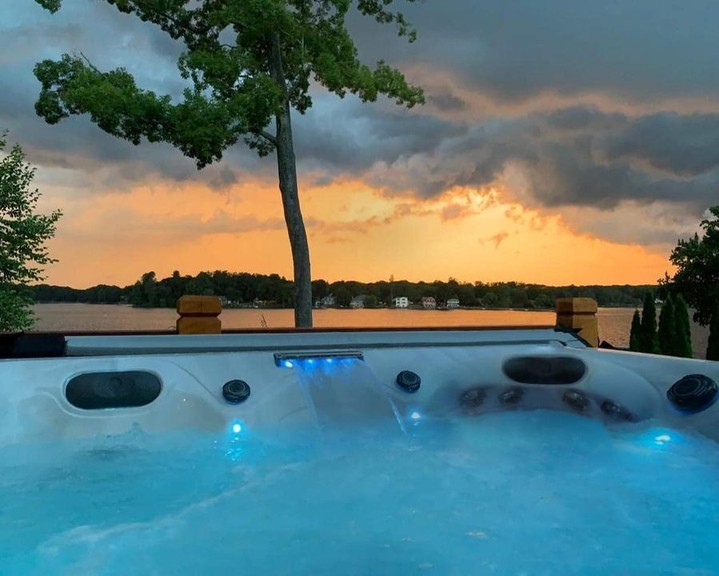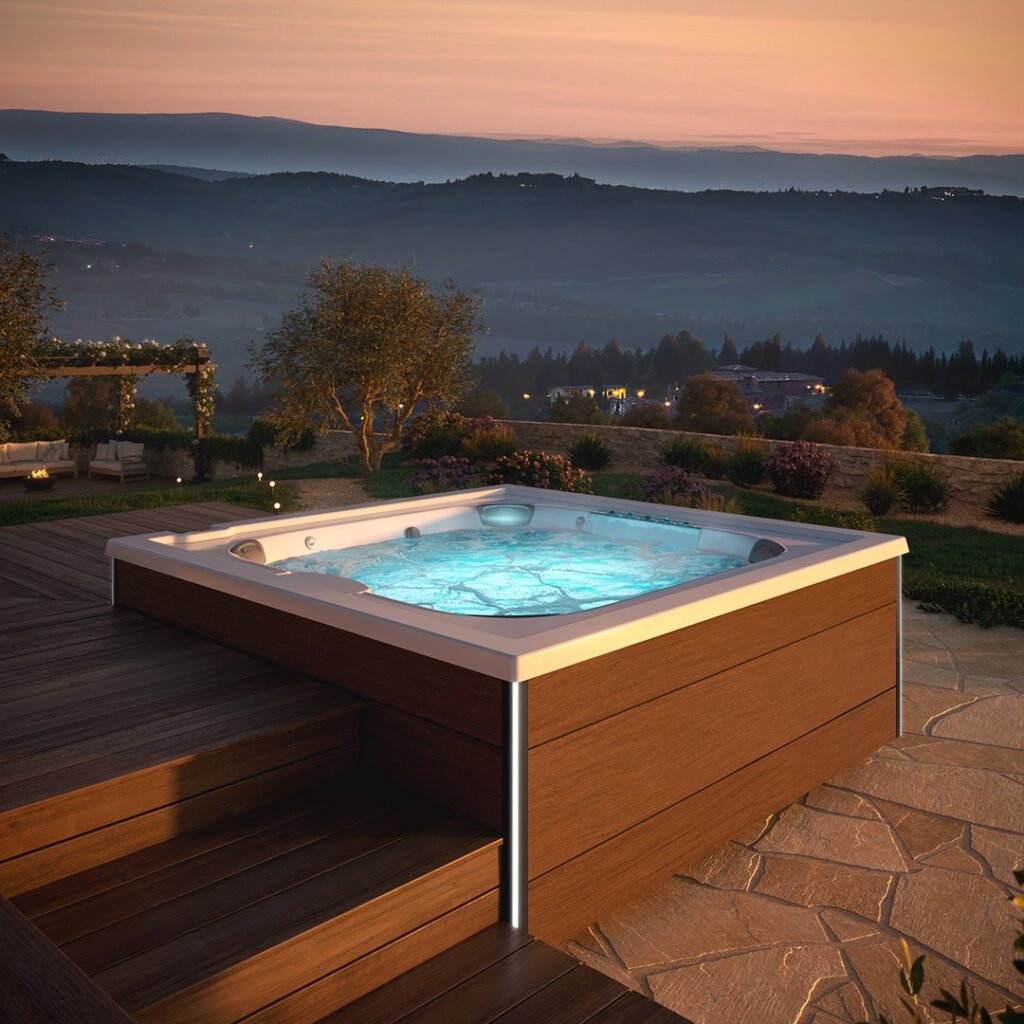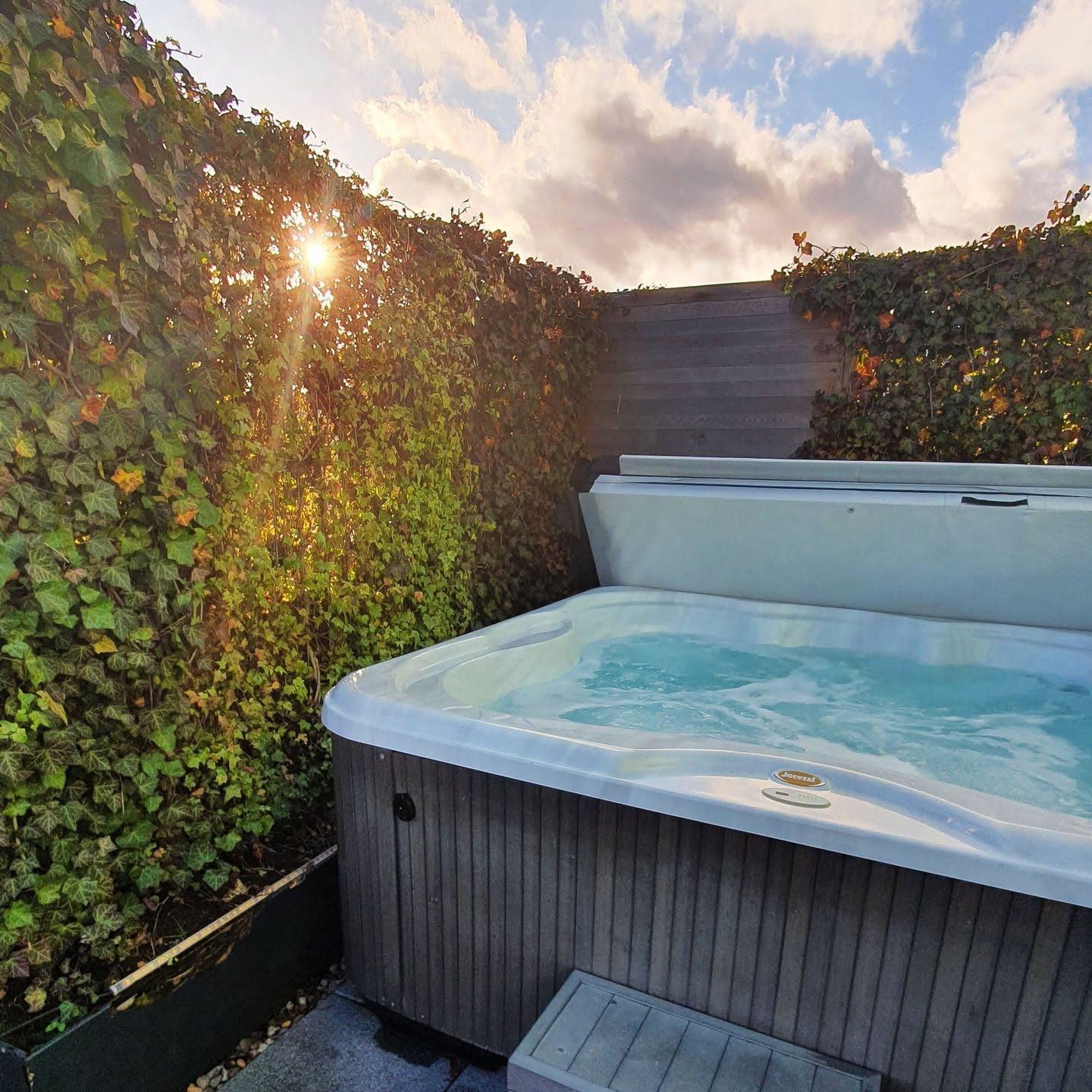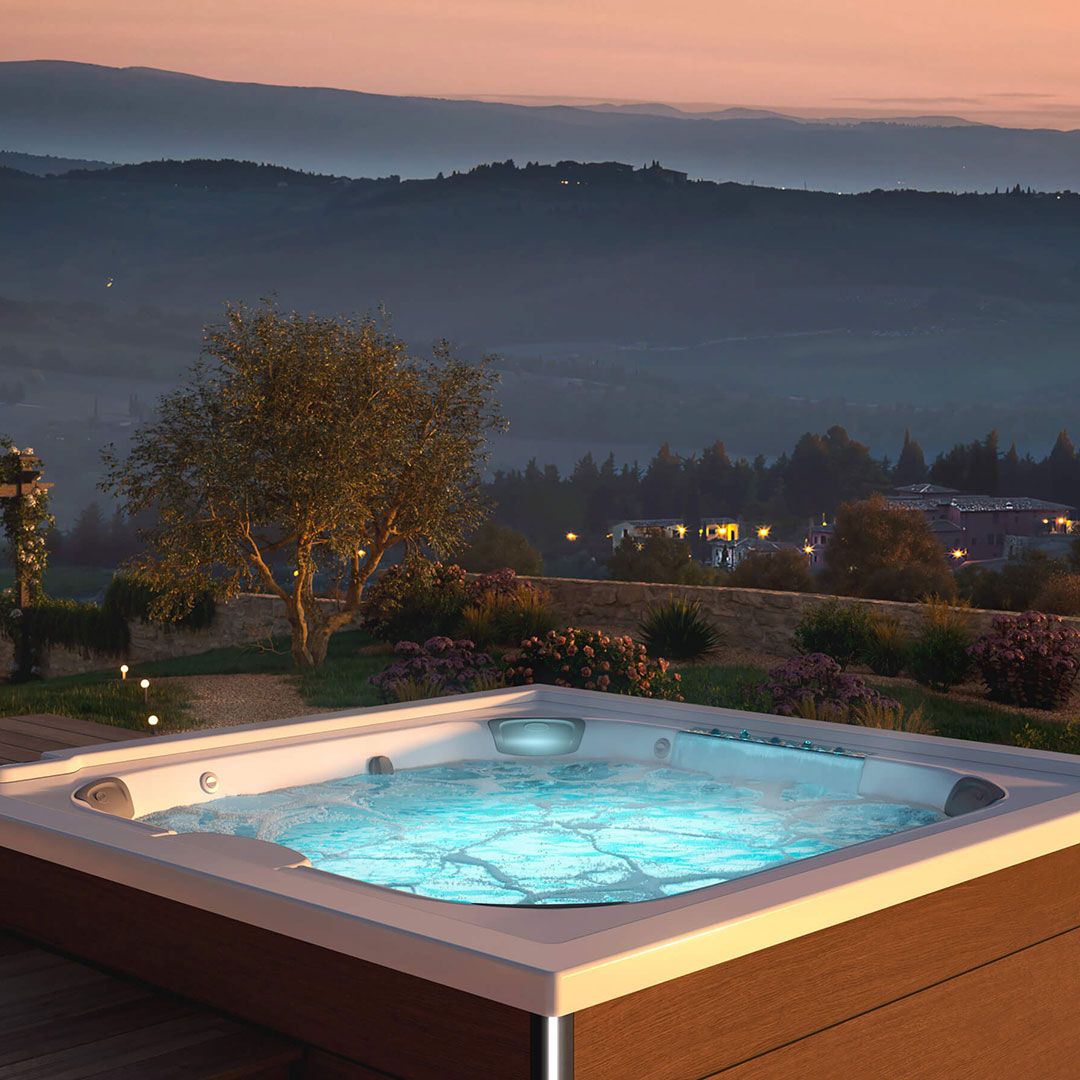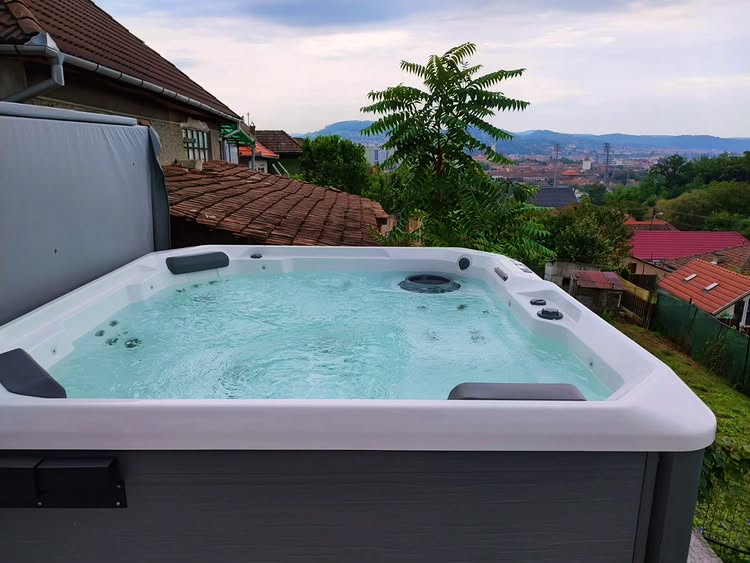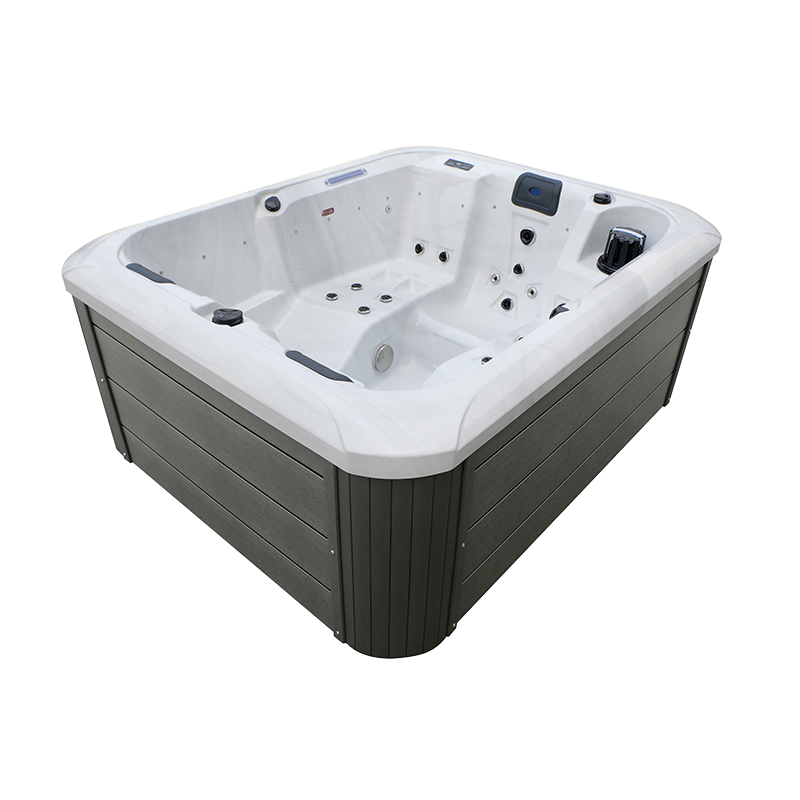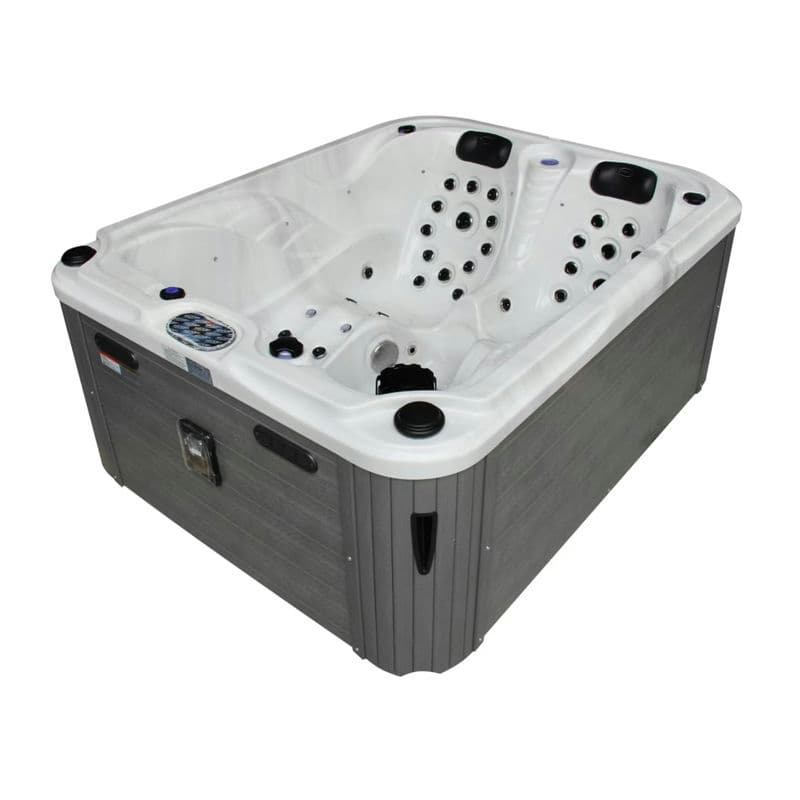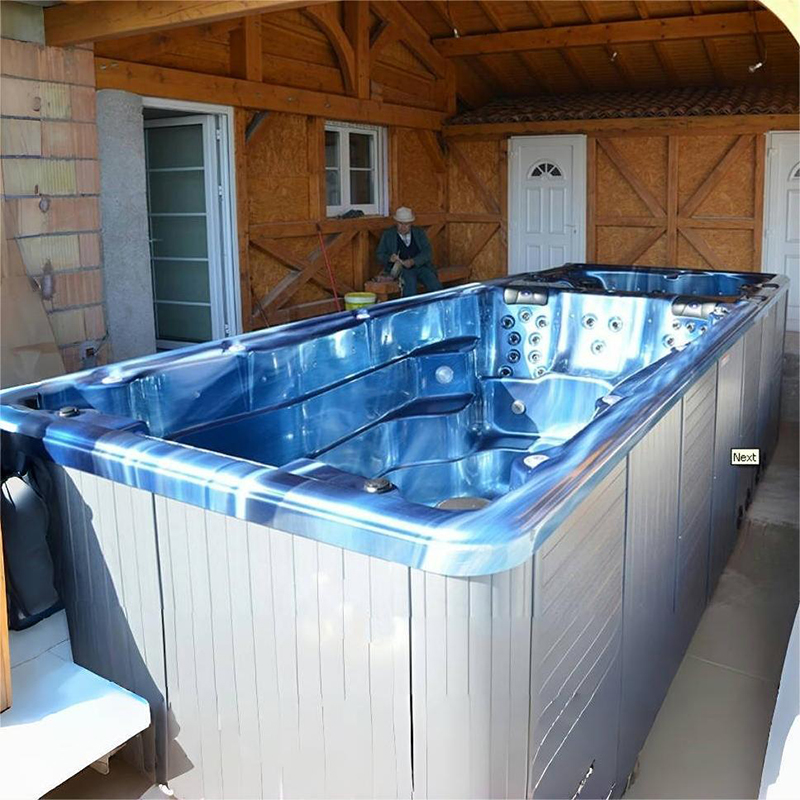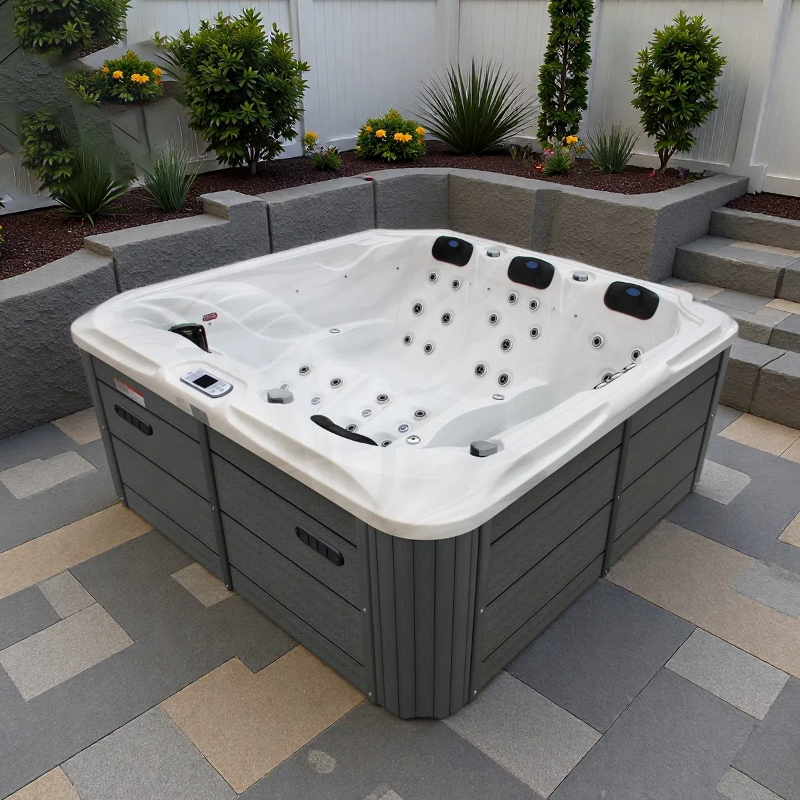For many homeowners, the idea of installing a hot tub in their backyard sounds incredibly appealing. Who wouldn’t want a personal spa at home, offering the ultimate relaxation experience? However, one common concern that tends to deter potential buyers is the amount of maintenance that comes with owning a hot tub. Many assume that it requires an overwhelming amount of effort and time. But is this true? The good news is that while a hot tub does require regular upkeep, the process is not as burdensome as some people believe. On average, maintaining a hot tub will take you just about half an hour each week, and there are periodic maintenance tasks every few months that are relatively simple to manage. In fact, if you choose the right features and make smart choices, you can minimize maintenance significantly. In this comprehensive guide, we’ll explore how much work a hot tub really entails and highlight the key features that can make maintenance easier. From regular water care to filtration systems and self-cleaning options, we’ll cover it all. By the end of this article, you’ll have a clear understanding of what’s involved in hot tub maintenance, allowing you to make an informed decision about whether owning one is the right choice for you.
1. The Basics of Hot Tub Maintenance: What You Need to Know
Hot tub maintenance generally falls into three main categories: weekly maintenance, quarterly maintenanceи long-term care. Let’s dive deeper into what each entails, and how you can manage them with ease.
Weekly Maintenance: Keeping Your Hot Tub Clean and Balanced
The most frequent type of maintenance involves basic checks and cleaning, which should be done on a weekly basis. Here’s a breakdown of the key tasks:
Water Testing
The water quality in your hot tub must be balanced regularly. You can easily check the water’s pH, alkalinity, and sanitizer levels using test strips. If anything is out of balance, adjust the levels by adding the appropriate chemicals, such as pH increasers, chlorine, or bromine. Regular testing ensures that your hot tub is safe to use and that the water remains clear and comfortable.
Shocking the Water
“Shocking” refers to adding a chemical shock treatment to the water once a week. This helps to break down organic contaminants such as body oils, lotions, and other substances that may not be captured by the filter. Depending on the usage, you may need to shock your hot tub more frequently.
Cleaning the Filter
The hot tub’s filter needs to be cleaned weekly. You can do this by simply rinsing it with a hose to remove any visible debris. Over time, however, a deeper cleaning is required. Once a month, soak your filter overnight in a specialized filter cleaner solution to remove any stubborn buildup.
Visual Inspection
Lastly, take the time to inspect your hot tub for any visible signs of damage or wear. Check for leaks, cracks, or malfunctioning jets, and address them immediately to prevent further damage.
Quarterly Maintenance: Draining and Refilling Your Hot Tub
About every three to four months, you should perform more in-depth maintenance. This task is essential to keep the water fresh and prevent the buildup of unwanted materials in the system.
Draining and Refilling
Over time, hot tub water will accumulate minerals, chemicals, and organic matter that can’t be removed with regular filtration. Draining the tub and refilling it with fresh water every few months helps to maintain water quality and ensure that the system operates smoothly. After draining, be sure to clean the jets and interior surfaces to remove any biofilm that may have built up in hard-to-reach areas.
Jet and Plumbing Cleaning
Before refilling the tub, consider using a plumbing cleaner to flush the system and remove any residue that may have accumulated in the pipes and jets. This step will keep your hot tub operating efficiently and prevent buildup from affecting performance.
Long-Term Care: Maintaining the Structure and Components
Long-term maintenance involves the care of major components that have a longer lifespan. Here’s what to keep an eye on:
Hot Tub Cover
The cover is essential for preserving water temperature and keeping debris out. Depending on the material, it can last anywhere from 5 to 7 years, but it will need occasional cleaning and maintenance. If the cover becomes damaged or loses its insulation capabilities, it’s time to replace it.
Heater and Pumps
Your hot tub’s heater and pump system typically lasts for several years, but they should still be inspected periodically for issues like leaks or electrical malfunctions. If you notice any problems, it’s best to address them early to avoid costly repairs down the line.
Inspection for Leaks or Electrical Issues
Regularly inspect your hot tub for any signs of leaks, especially around the plumbing or jets. Electrical components should also be checked periodically to ensure everything is functioning properly.
2. What Makes Hot Tub Maintenance Easier?
While regular maintenance is essential, certain features can make the job easier and reduce the frequency of required upkeep. Here are some systems and options that can help minimize maintenance efforts:
Pressure Side vs. Suction Side Filtration: Which One Is Better?
The filtration system plays a crucial role in keeping your hot tub clean. The two main types of filtration are pressure-side и suction-side systems. Here’s a closer look at each:
Pressure Side Filtration
In pressure-side filtration, the water is forced through the filter under pressure, ensuring that all water is thoroughly filtered before it returns to the tub. This system is known for providing a more thorough filtration process and is often found in higher-end hot tubs.
Suction Side Filtration
This system works by passively drawing water through the filter before it reaches the pump. While it can still clean the water effectively, it may not be as efficient as pressure-side filtration, especially in cases of heavy usage. If you want to minimize your maintenance efforts, a hot tub with a pressure-side filtration system may be a better choice, as it can filter the water more thoroughly, reducing the amount of debris that collects in the water.
Ozone Systems: A Proactive Cleaning Option
Many modern hot tubs come equipped with ozone systems, which help break down contaminants such as lotions, oils, and other residues in the water. Ozone is introduced into the water through a jet, where it reacts with impurities, breaking them down and making them easier to filter out. Ozone systems are especially useful for those who want to reduce the amount of time spent on cleaning and water balancing. By using ozone, you can maintain cleaner water for a longer period of time, minimizing the need for frequent chemical treatments.
UV Systems: Extra Layer of Protection
Another cleaning system you might find in some high-end hot tubs is a UV system. This system uses ultraviolet light to sanitize the water, similar to how drinking water is often purified. UV light can kill bacteria and other microorganisms, preventing them from growing in the water. While UV systems do require periodic bulb replacements (typically every year or so), they can significantly reduce the amount of chemicals needed to keep the water safe. This is another great feature to look for if you want to minimize maintenance.
Saltwater Systems: Are They Really Low Maintenance?
Saltwater systems may seem like a good alternative for those seeking a low-maintenance hot tub experience. The idea behind a saltwater system is that the salt is converted into chlorine or bromine, providing a continuous source of sanitizer. However, saltwater systems require regular maintenance and can be more complicated to maintain than traditional chlorine or bromine systems. Many hot tub manufacturers, including Hydropool, have phased out saltwater systems because they can be more difficult to manage. While they do provide softer water, they often require more frequent servicing and can be harder to balance.
Self-Cleaning Systems: A Game Changer for Convenience
One of the most advanced features available in modern hot tubs is the self-cleaning system. For example, Hydropool’s self-cleaning hot tubs come equipped with a floor vacuum, top skimmer, and pressure-side filtration. These systems can automatically clean your hot tub, saving you time and effort in routine maintenance. By integrating these self-cleaning systems, you can spend less time worrying about maintenance and more time enjoying your hot tub.
3. Is Owning a Hot Tub Worth the Effort?
Owning a hot tub can be incredibly rewarding, offering numerous health benefits, relaxation, and a great way to bond with friends and family. However, it’s important to consider how much time and effort you are willing to dedicate to its upkeep. If you view maintenance as a small price to pay for the luxury and benefits of a hot tub, then it will certainly be worth it. Many hot tub owners quickly find that regular maintenance becomes part of their routine, and the advantages of having a hot tub far outweigh the work involved. Think of it like taking care of a pet – they require attention, but they’re well worth the effort. By choosing the right hot tub features and systems that minimize maintenance, you can enjoy your hot tub with minimal hassle. Ultimately, your hot tub will provide a space for relaxation and wellness, and the maintenance will feel like a small investment in your well-being.
4. Frequently Asked Questions
1. How often should I drain and refill my hot tub?
It is recommended to drain and refill your hot tub every three to four months to maintain water quality and prevent buildup of minerals and chemicals. The frequency may vary based on usage, so if you use your hot tub frequently, consider draining it more often.
2. What’s the difference between chlorine and bromine in hot tubs?
Chlorine and bromine are both effective sanitizers, but bromine tends to work better at higher temperatures, which makes it ideal for hot tubs. Chlorine requires more frequent monitoring and can be harsher on the skin, whereas bromine is gentler but may need to be replaced more often.
3. Can I install a hot tub myself?
While it’s possible to install a portable hot tub yourself, it’s highly recommended to hire a professional to ensure proper installation, especially for electrical connections and plumbing. Professional installation will also help ensure that your hot tub is set up correctly and safely.
Закључак
In conclusion, the maintenance of a hot tub is manageable and doesn’t require as much effort as many people think. By selecting the right features and systems, you can minimize the workload and enjoy your hot tub with minimal hassle. Whether you’re considering the installation of a hot tub or already own one, understanding how to care for it will ensure it provides years of relaxation and enjoyment without the burden of excessive maintenance.

